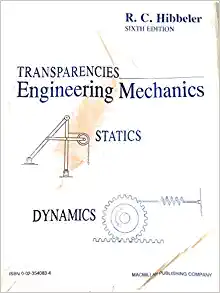Question
Hydraulic systems utilize Pascal's principle by transmitting pressure from one cylinder (called the primary) to another (called the secondary). Since the pressures will be equal,
Hydraulic systems utilize Pascal's principle by transmitting pressure from one cylinder (called the primary) to another (called the secondary). Since the pressures will be equal, if the surface areas are different then the forces applied to the cylinders' pistons will be different. Suppose in a hydraulic lift, the piston of the primary cylinder has a 7.95-cm diameter and the piston of the secondary cylinder has a 24-cm diameter.
What force, in newtons, must be exerted on the primary cylinder of this lift to support the weight of a 2250-kg car (a large car) resting on the secondary cylinder?
F =
Step by Step Solution
There are 3 Steps involved in it
Step: 1

Get Instant Access to Expert-Tailored Solutions
See step-by-step solutions with expert insights and AI powered tools for academic success
Step: 2

Step: 3

Ace Your Homework with AI
Get the answers you need in no time with our AI-driven, step-by-step assistance
Get Started


